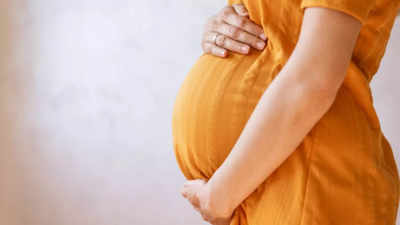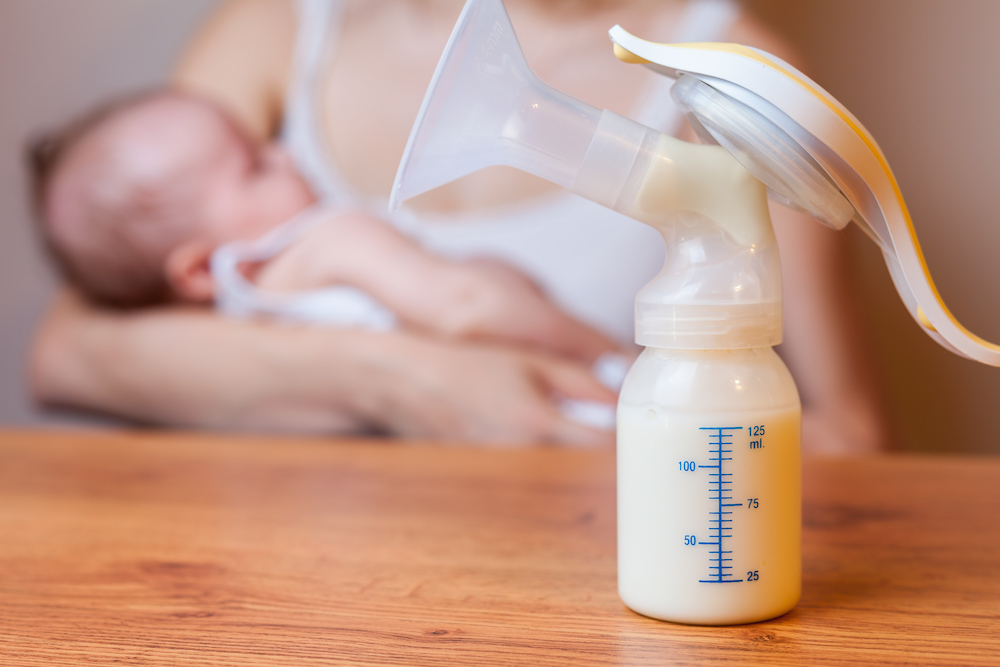
The researchers analysed 5.3 crore births across the 50 largest metropolitan areas in the US over a 25-year period (1993-2017) in terms of daily counts of preterm and early-term births.
The study—led by researchers from Emory University, University of Nevada Reno, Yale University, University of Utah and the National Center for Atmospheric Research—is the largest to date investigating the association between extreme heat and perinatal health.
During a typical 40-week pregnancy, babies born before the 37-week mark are considered preterm, while those arriving between 37 and 39 weeks are termed early-term births.
Over a span of 25 years, researchers observed a 2 per cent increase in preterm births and a 1 per cent rise in early-term births. These increments occurred after a four-day period when the average daily temperature ranked among the top 2.5% for the respective region.
In their study published in The Journal of American Medical Association (JAMA) Network Open, the authors noted, “For every 1-degree Celsius rise above the threshold, there was a corresponding 1% uptick in both preterm and early-term birth rates.”
Further analysis unveiled that among women under 30, with lower education levels and from minority backgrounds, the surge in preterm and early-term births was more pronounced. Specifically, they focused on mothers with high school education or less, belonging to racial minority groups or Hispanic ethnicity, and aged below 30.
“For this demographic, the rate ratio for preterm birth stood at 1.04, and for early-term birth, it was 1.03 following four consecutive hot days,” the researchers detailed.
The escalation in preterm and early-term births was particularly notable during lengthier heatwaves and higher temperatures, especially within subgroups linked to lower socioeconomic status.
The team emphasised that the most significant associations were observed in the four days leading up to birth and during prolonged periods of intense heat.
This study represents the first comprehensive exploration illustrating a population-wide increase in preterm and early-term births in response to heatwaves. By leveraging national birth data spanning decades, it stands as the most extensive investigation to date on this subject.
“Extreme heat events profoundly impact perinatal health, and our findings underscore the uneven distribution of these effects among different demographic groups,” the authors concluded.
The analysis encompassed approximately 5.3 million births, representing nearly half of all births in the United States between 1993 and 2017, sourced from the National Center for Health Statistics (NCHS), Centers for Disease Control and Prevention.
Source & Courtesy: The Times of India and PTI




